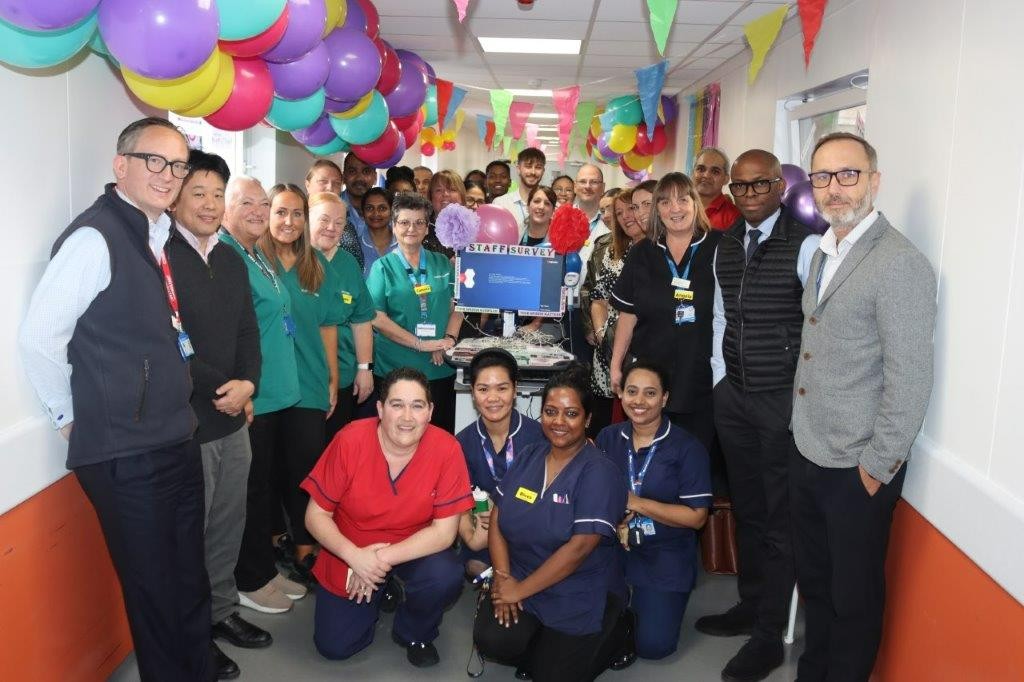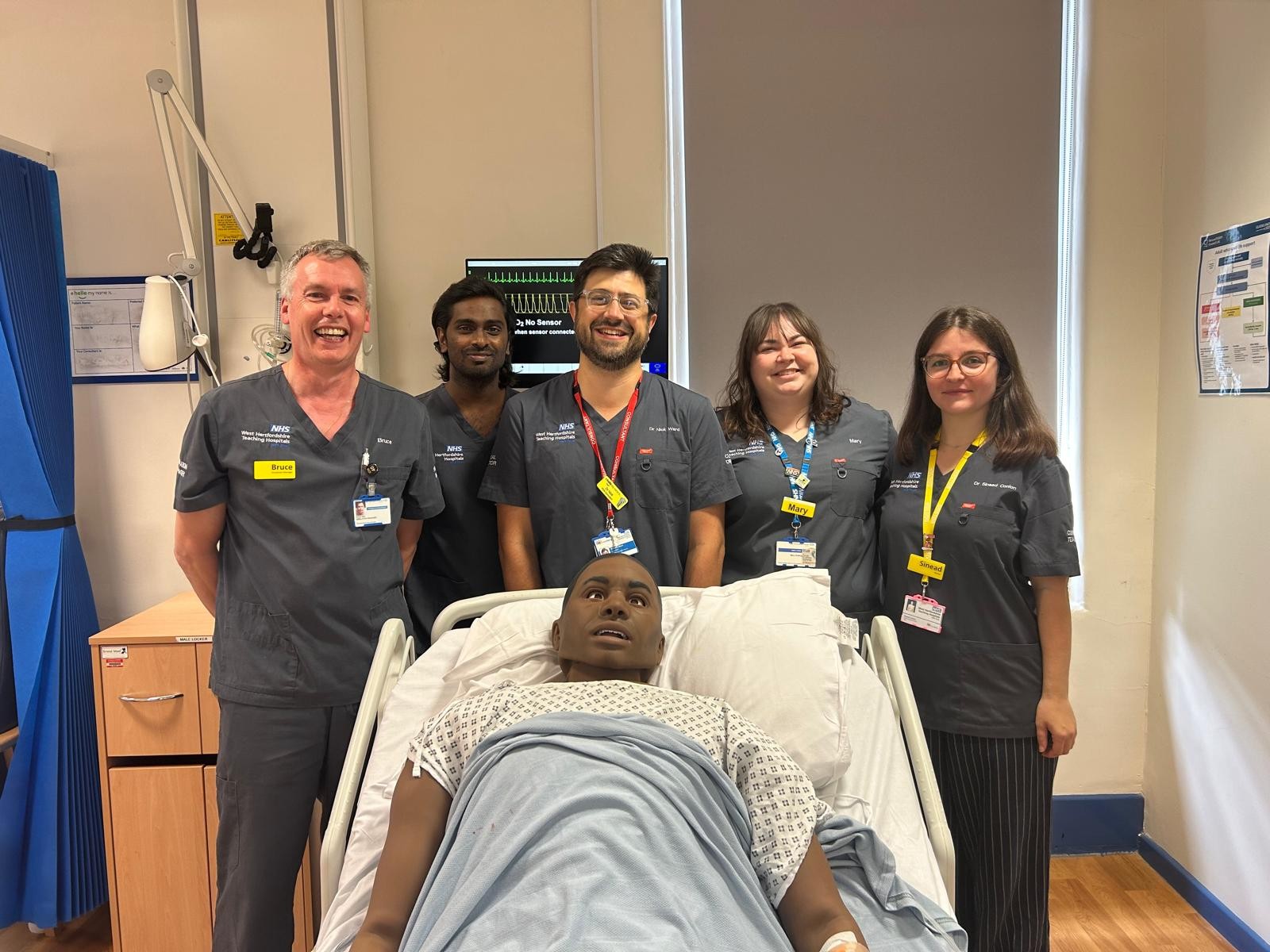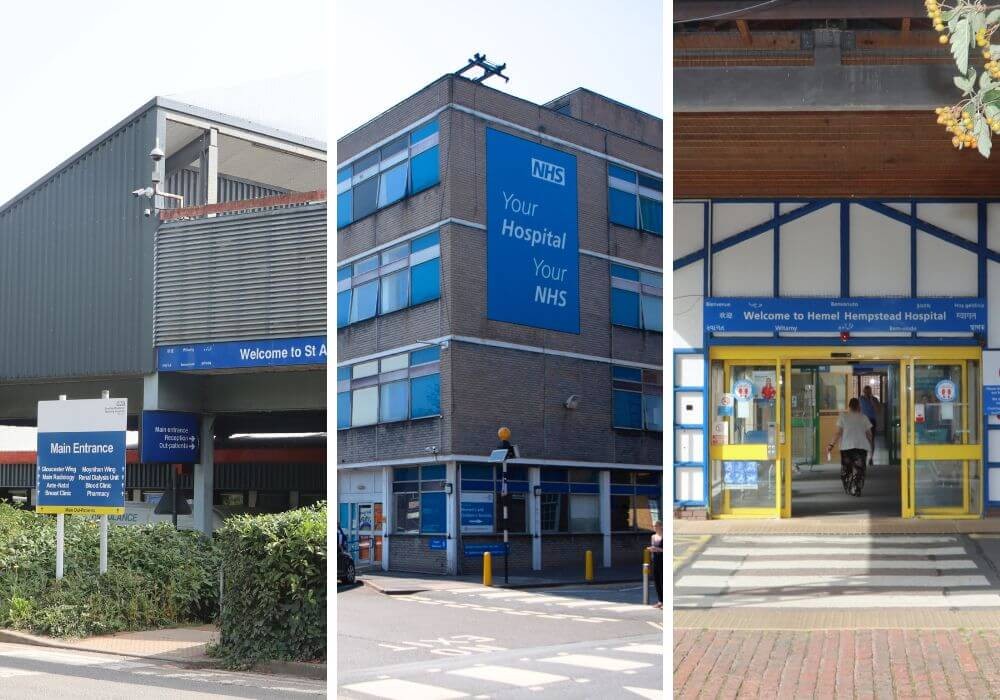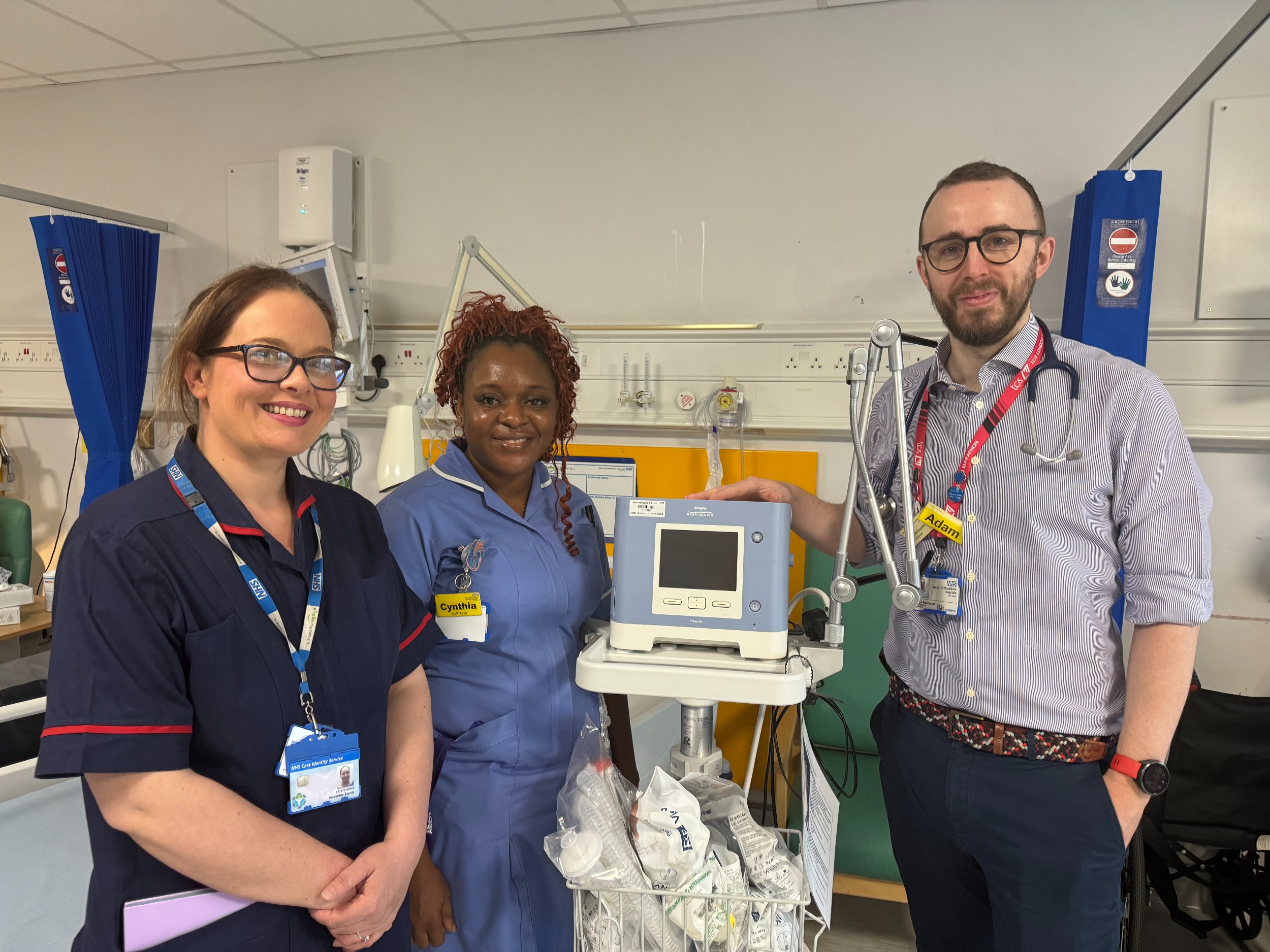-
'Extraordinary’ emergency staff at Watford General recognised during first ‘A&E Appreciation Week’
Date published: 15 October 2025
-
New staff wellbeing room opens at St Albans City Hospital following successful community fundraising
Date published: 18 September 2025
-
First-of-its-Kind Partnership to Revolutionise Community Healthcare in the UK
Date published: 11 September 2025
-

West Herts nominated for NHS Trust of the Year in national awards
Date published: 11 August 2025
-

Simulation education team is nationally accredited as centre for excellence
Date published: 7 August 2025
-

Health Minister commits to build Watford General Hospital ‘as soon as possible’
Date published: 25 July 2025
-

Confirmed industrial action by resident doctors: 25-30 July
Date published: 23 July 2025
-

Proposed industrial action by resident doctors: 25-30 July
Date published: 22 July 2025
-

Hospital project results in thousands of pressure ulcer-free days for patients
Date published: 4 July 2025